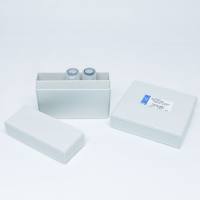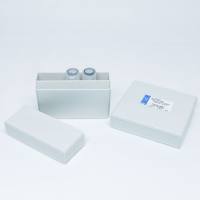Development and Use of OatMaize Chromosome Additions and Radiation Hybrids
互联网
互联网
相关产品推荐

Recombinant-Mouse-Radiation-inducible-immediate-early-gene-IEX-1Ier3Radiation-inducible immediate-early gene IEX-1 Alternative name(s): Immediate early protein GLY96 Immediate early response 3 protein
¥10136

赛默飞世尔Thermo Fisher LIQUID ADDITIONS ADAPTER 货号:T_70105-405-321
¥1200

BCL11B/BCL11B蛋白Recombinant Human B-cell lymphoma/leukemia 11B (BCL11B)重组蛋白B-cell CLL/lymphoma 11B (COUP-TF-interacting protein 2) (Radiation-induced tumor suppressor gene 1 protein) (hRit1) (BCL-11B) (CTIP2) (RIT1)蛋白
¥2328

XRRA1抗体XRRA1兔多抗抗体X-ray radiation resistance-associated protein 1 antibody抗体XRRA1 Antibody, FITC conjugated抗体
¥880

XRRA1抗体XRRA1兔多抗抗体X-ray radiation resistance-associated protein 1 antibody抗体XRRA1 Antibody抗体
¥440
相关方法

